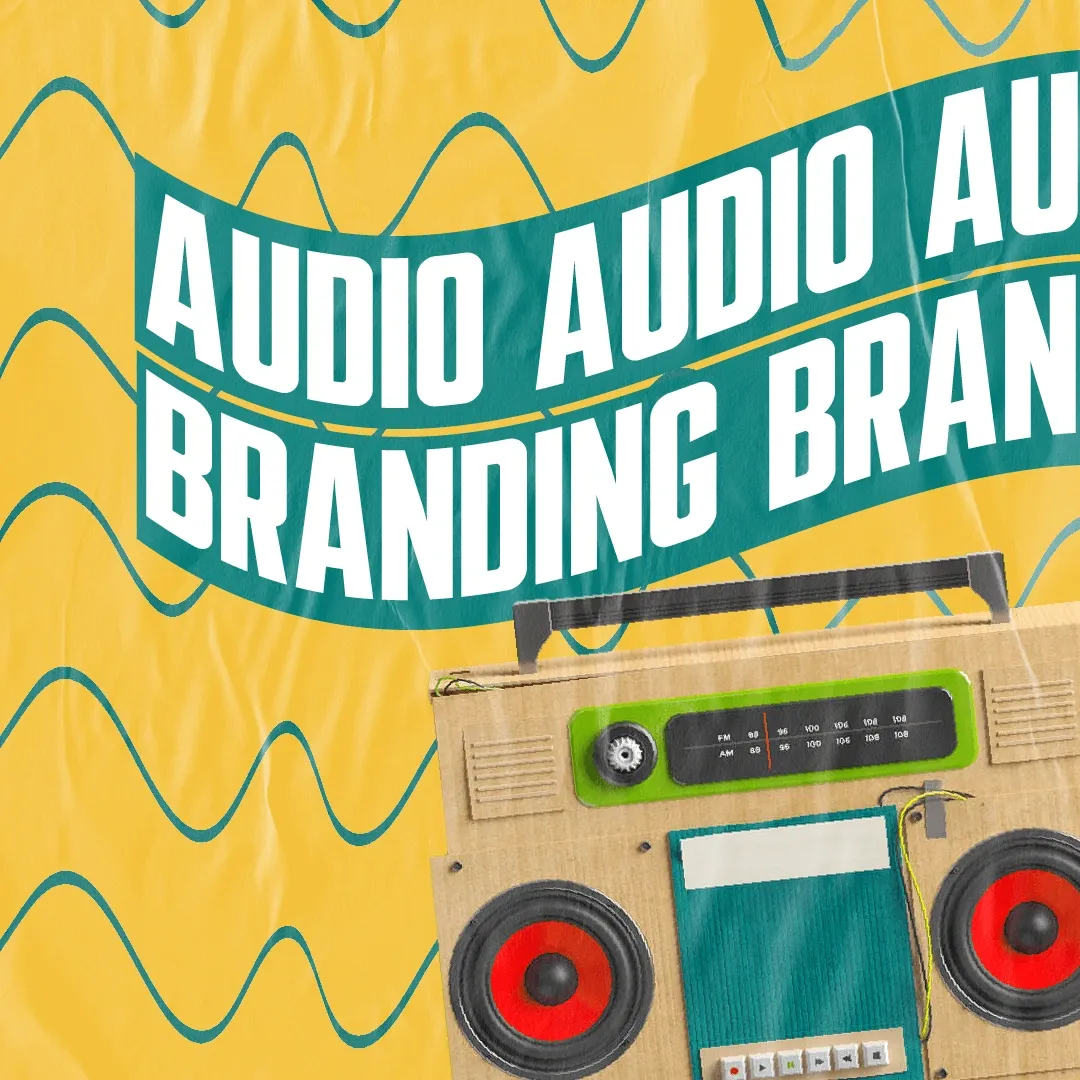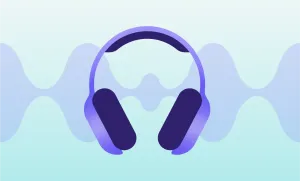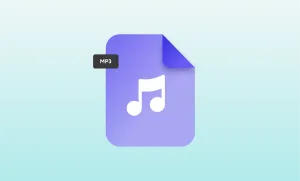Branding is the process of shaping the unique way in which your product or services are presented. Conventional branding is mostly about visuals, yet, the audio component has been making its way into marketing, too. Let’s figure out what is an audio brand and how to use it in order to refine your podcast brand and push your podcast growth.
Branding
Nowadays, we live in the era of brands. They are everywhere: on billboards in the streets, on magazine banners, on TV and on the internet. Surely, podcast shows are also developing brands in the form of brand logos, banners, etc. But why is branding so important?
Branding is a great way of making your podcast more recognizable with a group of or just one design or symbol. Your brand should unite all the essentials of your podcast show and the style you end up picking should tell its story.
The brand is more than a logo and the other visual elements; it should also have an audio element as another way of making your product popular. That’s where audio branding comes in.
What is audio branding?
Audio branding — otherwise called sonic branding—includes the particular sounds that are associated with your product. That can include a jingle, sound logo, a particular voice or style of music. Sound items play an immense role in how people experience content like advertisements, podcast shows or other kinds of digital recordings. That makes audio branding a very useful tool for your marketing strategy.
There are many audio brand examples such as Netflix audio branding with its “ta-doom” sound, or the famous Mcdonald’s whistle, or Envato's new sound. They bring a specific recognizable charm to the advertisement and as a consequence to the product. They bring a specific recognizable charm to the advertisement and as a consequence to the product. The same can be said about such famous podcast shows as “You Must Remember This” or “Griefcast With Cariad Lloyd.” The audio intros of both these shows give off a special vibe. Firstly, these audio items are easy to remember and secondly, they bring you into the world where the podcast episode is going to happen.
Now, let’s see what makes audio branding so important.
Why is sound important?
Our reaction to sounds is explained with the solid link between memory and sound. As one of our most reminiscent faculties, sound can change the manner in which we feel and transport us through our recollections. Simply think how rapidly the right piece of music can change your mood, and you'll see what we're saying.
The importance of sound also lies in the many ways you can use it. You can incorporate it on TV, Facebook, YouTube ads, teasers, welcome videos or even in a live broadcast of your podcast show.
As you can see, you can benefit a lot from the many applications of sound in your marketing strategy. Though, this is not the only advantage of using audio branding.
Benefits of audio branding
Greater attention to your podcast brand
An audio brand will help you draw the attention of your potential listeners to your podcast show. A good audio brand under your belt will be a proper addition to your marketing strategy and a great advantage against your competition. Moreover, sound can infiltrate your audience's subconscious even when they're not actually listening to it, whereas visuals need more of your listeners’ attention.
Stronger emotional bond with the audience
Sound triggers stronger emotional reactions, much stronger than visuals do. Watching a horror movie without a sound will not scare you. While only the sound from the same movie may make you anxious. So with good audio, you can develop a stronger emotional bond with your audience and grow a larger and more loyal fanbase.
A better way to make your podcast memorable
As we’ve previously mentioned, our brains are particularly sensitive to sounds. Thus, having a sonic brand will not only attract listeners but will also make them remember your show by recalling your audio brand.
Tell your story
As with any brand, your audio brand can tell your story better than anything with a correctly chosen sound item. It can also be a good introduction or an outro for each podcast episode.
How to use audio branding
Well, now, when we learned about all the benefits that an audio brand has, let’s figure out how to use it for your podcast growth.
Audio branding audit
First off, you will need to pick out what is the most essential aspect of your podcast show. After that, you should think about how you can express it in the form of a sound. It can be anything from background music playing in the scenes of your digital recordings to a catchphrase at the end of each podcast episode or even a snippet from a famous song.
Check through your logo and other materials for any indications of an audio item that characterizes your podcast. Expand on your current information on the music and sounds that echo with your content and ask yourself how you can incapsulate the essence of your brand into a sound.
Keep it simple
You don’t want to overwhelm or distract your audience with the different components of your branding. All these components need to fit together and complement each other, so keep in mind that a good audio brand should sound pretty simple.
You can think back on the absolute best sonic marking models. For example, the lion roar from MGM or the sound of Sony. One common thing in these examples is that they kept it very simple making their audio brand recognizable and memorable.
Trigger emotions
As mentioned above, your audio brand should touch listeners emotionally. Try to figure out which sound conveys the feelings that your user should have before tuning into your show. Back to our examples, the McDonald’s whistle brings calm and happy emotions and the Netflix sound brings the atmosphere of anticipation for a new episode.
Be careful when choosing the sound
Surely, you should be careful and avoid copyright infringement at all costs. Other than that, the sound you choose shouldn’t resemble another brand’s sound and remind your audience about your competitors.
Thus, if you consider making your podcast more popular, audio branding is the tool that you’re lacking. You will bring more attention to your content, develop a stronger bond with your listeners making your podcast so hard to forget.








